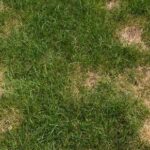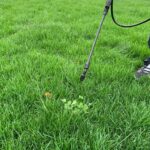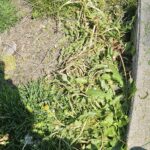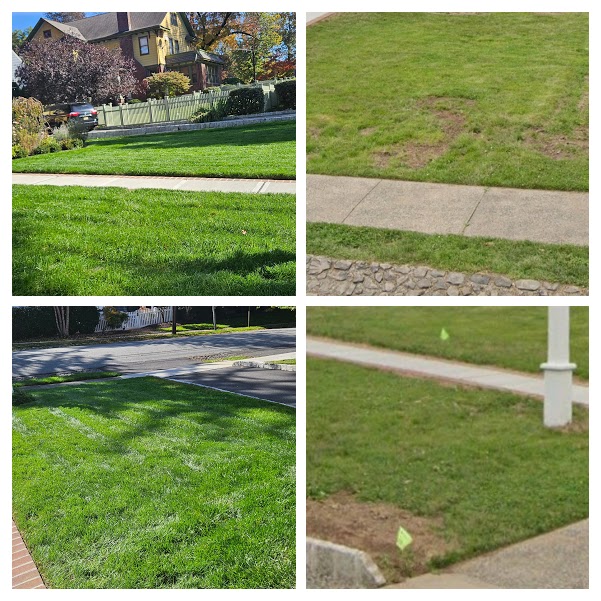lawn treatment/ applications
What is a Healthy lawn?
A healthy lawn is green, vibrant, and even, with few weeds. It also has a strong root system, good drainage, and no signs of disease or pests.
Why Have a healthy lawn?
- A healthy lawn improves soil structure, increases organic matter, and encourages microbial activity. Healthy soil supports plant growth, improves nutrient availability, and helps water infiltrate and retain.
- Lawns absorb solar heat and cool it down through evaporation, making the air above them 10–14°F cooler than asphalt or concrete.
- A healthy lawn prevents topsoil erosion by trapping moisture in and reducing runoff by 80–90%. Healthy lawns also help with flood control.
- One of the most significant benefits of a healthy lawn is improved air quality. Grass absorbs carbon dioxide and other pollutants from the air and releases oxygen, making it an effective natural air purifier. A well-maintained lawn can help filter out pollutants and improve the air quality in your immediate environment.
- Spending time in nature has been proven to reduce stress levels and improve mental health. A well-maintained lawn provides an inviting outdoor space where you can relax and unwind. Whether it’s lounging in a hammock, playing with your kids or pets, or simply enjoying a cup of coffee in the morning, a healthy lawn can help promote relaxation and reduce stress levels.
- A healthy lawn can significantly increase the value of your property. A lush, green lawn is a sign of a well-maintained property and can make a positive first impression on potential buyers. It can also make your property stand out in the neighborhood, increasing its overall appeal.
Our Approach
Our approach to establishing a lush, green, healthy lawn has several steps.

1. Soil Test
A soil test will help us understand your soil structure. It will tell us important information like nutrient level, pH level, organic content, its capacity to retain nutrients, and its texture.




2. Pest Identification
A pest is an organism growing or living where they are not wanted any of which can contribute to poor lawn health. Soil and lawn pests can include weeds, animals, microorganisms, diseases, insects, and much more. Theses pests compete with your lawn for nutrients, oxygen, food, etc.






3. Treatment
There are many ways to combat lawn pests. The most efficient, environmentally sound, and cost effective approach is to improve the soil structure. Not only do we add the necessary macro and micro nutrients to the soil, we also increase the soil's organic matter along with increasing beneficial microorganisms. We use mechanical methods such as core aeration to improve the lawn's oxygen and nutrient intake. In some cases, we make applications to prevent and/or eliminate pests.
some of the lawns we service













